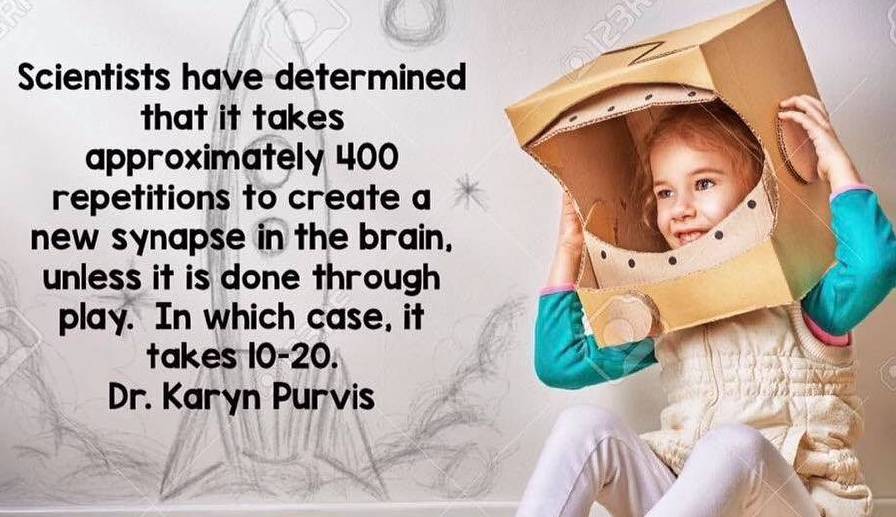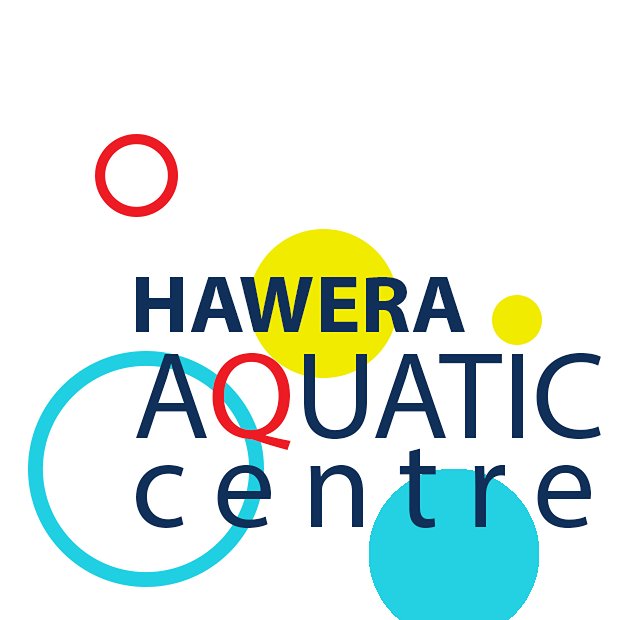
Manaia School

Manaia School


So we've heard a lot about brain development but what does it actually mean?
A renowned New Zealand Neuroscientist, Nathan Wallis has provided us with a wealth of knowledge in this area.
Here’s a quick breakdown:
Brain 1 is the brainstem. It focuses on the survival and creating a feeling or sense of safety. This is one of the most important parts of the brain to develop.
Brain 2 is the midbrain, it focuses on the movement or 'rhythmic patterning'. As the name suggests, this is about the rhythmic pattern in which a child moves and thinks.
Brain 3 is the limbic system. It focuses on emotion and a child's disposition or attitude.
Brain 4 The frontal cortex focuses on thinking, learning and executive functions. A child needs to have the first 3 in place before focusing on brain 4.


Parents, please support our local businesses










Call Direct
Send Email
Visit Website

Call Direct
Send Email
Visit Website

Call Direct
Send Email
Visit Website

Call Direct
Send Email

Call Direct
Send Email
Visit Website

Call Direct
Send Email
Visit Website

Call Direct
Send Email
Visit Website

Call Direct
Send Email
Visit Website

Call Direct
Send Email
Visit Website

Scan this code to download the app
Download our Skool Loop App, a simple and free download. In Google Play & App Store search ‘Skool Loop’ and choose our school once installed.
